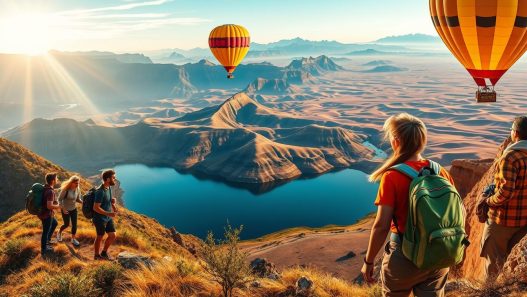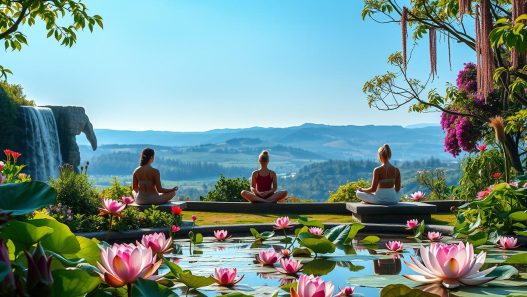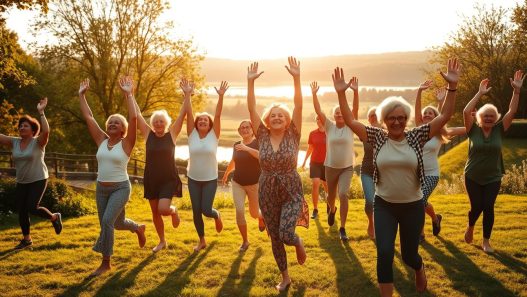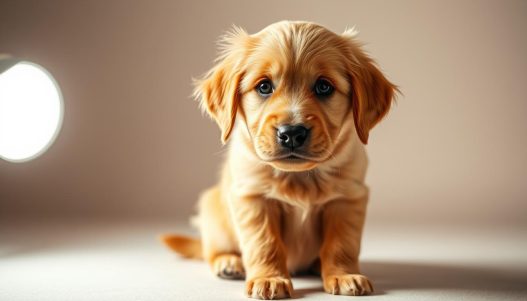Capturing the unique character of your furry friend through photography can be a fun and rewarding experience. With the right techniques, you can create beautiful and meaningful photos that showcase their distinct personality.
By understanding the principles of pet photography, you can take stunning images that highlight the special bond between you and your companion. This article will explore various pet photography tips to help you capture the essence of your beloved pet.
Key Takeaways
- Understand your pet’s behavior to capture their true personality.
- Use natural lighting to enhance the quality of your photos.
- Experiment with different angles and compositions.
- Keep the camera settings simple and adjust as needed.
- Be patient and wait for the perfect shot.
Understanding Your Pet’s Behavior for Better Photos
Understanding your pet’s behavior is key to taking photographs that truly capture their personality. By being aware of their habits, moods, and reactions, you can anticipate and capture special moments.
Reading Body Language and Mood Signals
Reading your pet’s body language is crucial for understanding their mood and behavior. A relaxed pet will have a different posture compared to one that is anxious or excited. Look for cues like tail wagging, ear positioning, and vocalizations to gauge their emotional state. This awareness will help you time your shots perfectly.
Identifying Your Pet’s Best Times for Photography
Timing is everything in pet photography. Identify the times when your pet is most relaxed or playful, as these moments make for the best photographs. For many pets, this is after a meal or a play session when they are calm but still engaged.
Creating a Comfortable Environment for Your Pet
Creating a comfortable environment for your pet during a photo shoot can significantly improve the quality of your photos. Ensure the location is quiet, familiar, and free from distractions. Use your pet’s favorite toys or treats to keep them engaged and happy, making it easier to capture their natural behavior.
Essential Equipment for Pet Photography
Capturing your pet’s personality requires the right equipment, and understanding the essentials is key to taking your pet photography to the next level. Whether you’re a seasoned photographer or just starting out, having the right gear can make a significant difference in the quality of your photos.
Camera Recommendations for Different Budgets
When it comes to cameras, there are options for every budget. For those just starting out, a DSLR or mirrorless camera with a good autofocus system is recommended. Brands like Canon and Nikon offer excellent entry-level models. For professionals, high-end models with advanced features like weather sealing and superior low-light performance are available.
Lens Selection for Various Pet Photography Styles
The right lens can enhance your pet photography. A prime lens (e.g., 50mm or 85mm) is great for portraits, offering a shallow depth of field that blurs the background and focuses on your pet’s face. For more versatility, a zoom lens (e.g., 24-70mm) can be useful for capturing a variety of scenes.
Helpful Accessories and Props
Accessories can add a creative touch to your pet photography. Props like toys, blankets, and treats can help engage your pet and add context to the photos. A remote shutter release or camera timer can also be useful for minimizing camera shake and ensuring sharp images.
Storage and Backup Solutions for Pet Photographers
With the volume of photos taken during a pet photography session, adequate storage and backup solutions are crucial. Consider using external hard drives and cloud storage services to keep your photos safe. A well-organized system ensures that you never lose those precious moments.
| Equipment Type | Recommended For | Budget Consideration |
|---|---|---|
| DSLR/Mirrorless Camera | General Pet Photography | $800-$2000 |
| Prime Lens (50mm/85mm) | Portraits, Close-ups | $100-$500 |
| Zoom Lens (24-70mm) | Versatility, Variety Shots | $500-$1500 |
| External Hard Drive | Storage, Backup | $100-$300 |
Mastering Camera Settings for Pet Photography
The key to great pet photography lies in knowing how to adjust your camera settings. Mastering these settings allows you to capture your pet’s personality and movements effectively.
Shutter Speed for Active Pets
When photographing active pets, a fast shutter speed is essential to freeze their movements. A minimum shutter speed of 1/500th of a second is recommended to avoid blurry photos. For very fast pets, you may need to increase this to 1/1000th of a second or faster.
Aperture and Depth of Field Considerations
The aperture setting controls the depth of field in your photos, determining how much of the image is in focus. A wider aperture (smaller f-stop number) will blur the background and emphasize your pet, while a narrower aperture (larger f-stop number) keeps more of the image in focus.
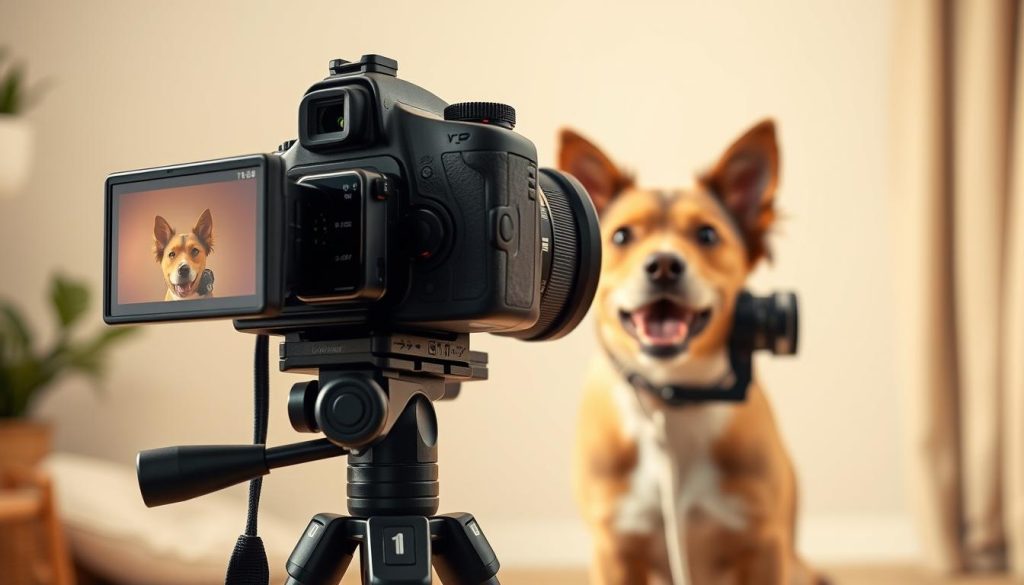
ISO Settings for Different Environments
The ISO setting adjusts the camera’s sensitivity to light. In bright conditions, a lower ISO (100-400) is suitable, while in low-light conditions, you’ll need to increase the ISO to 800 or higher. However, high ISO settings can introduce noise into your photos, so it’s best to keep it as low as possible.
| Camera Setting | Recommended Value | Effect |
|---|---|---|
| Shutter Speed | 1/500th of a second or faster | Freezes pet’s movement |
| Aperture | f/2.8 – f/5.6 | Creates a shallow depth of field |
| ISO | 100-400 (bright), 800+ (low light) | Adjusts to lighting conditions |
By mastering these camera settings, you’ll be able to capture a wide range of pet photography styles, from action shots to serene portraits.
Lighting Techniques for Pet Portraits
In pet photography, understanding and utilizing the right lighting techniques is key to capturing stunning portraits. Lighting can dramatically affect the mood and quality of your photos, making it an essential skill for any pet photographer to master.
Natural Light Techniques for Outdoor Sessions
Utilizing natural light is one of the most effective ways to capture beautiful pet portraits outdoors. The soft, warm light during the early morning or late afternoon is ideal for creating flattering and vibrant photos. Positioning your pet near reflective surfaces like water or sand can also help to soften the light and reduce harsh shadows.
Indoor Lighting Solutions and Flash Photography
When shooting indoors, it’s crucial to understand how to work with artificial light sources. Using a combination of natural light from windows and supplemental lighting, such as softbox lights or reflectors, can help create a well-lit environment. Flash photography can also be effective for freezing motion and adding depth to your photos, but it requires careful adjustment to avoid startling your pet.
| Lighting Type | Best For | Tips |
|---|---|---|
| Natural Light | Outdoor sessions, soft and warm light | Use during early morning or late afternoon |
| Flash Photography | Freezing motion, adding depth | Adjust power to avoid startling pets |
| Indoor Lighting | Supplementing natural light, creating a well-lit environment | Use softbox lights or reflectors |
Working with Challenging Lighting Conditions
Sometimes, you’ll encounter challenging lighting conditions, such as harsh midday sun or low light environments. In these situations, adjusting your camera settings and using the right equipment can help. For example, using a lens with a wide aperture can help to let in more light, while a polarizing filter can reduce glare and enhance colors.
By mastering various lighting techniques, you can significantly improve the quality of your pet portraits, capturing the unique personality and beauty of your subjects.
Composition Techniques for Stunning Pet Photos
Capturing your pet’s personality through photography requires more than just pointing a camera; it demands an understanding of composition techniques. Composition is a vital aspect of photography that can make or break an image. By applying various techniques, you can create visually appealing and engaging photos that showcase your pet’s unique character.
Finding the Right Angle and Perspective
Experimenting with different angles and perspectives can add variety to your pet photography. Getting down to your pet’s level can create a more intimate and engaging photo. You can also try shooting from above or experimenting with unique vantage points to add interest to your images.
Using the Rule of Thirds with Pets
The rule of thirds is a fundamental composition technique that involves dividing the image into thirds both horizontally and vertically. Placing your pet’s eyes or other key features along these lines or at their intersections can create a more balanced and visually appealing composition.
Background Selection and Management
A cluttered or distracting background can detract from your pet’s image. Background selection is crucial in pet photography. You can use a plain colored wall, a textured surface, or even a outdoor setting to create an interesting background. Managing the background involves adjusting the aperture to control the depth of field, ensuring that your pet stands out from the surroundings.
Framing Your Pet Subject Effectively
Framing involves using elements within the scene to create a frame around your pet. This could be archways, trees, or even the doorway of a room. Framing helps to isolate your pet and draw the viewer’s attention to them, creating a more engaging and dynamic image.
By mastering these composition techniques, you can significantly enhance your pet photography skills, capturing stunning images that reflect your pet’s personality and charm.
Pet Photography Tips: Capturing Your Furry Friend’s Personality
To truly capture your pet’s personality, you need to understand their behavior, expressions, and the special bond they share with you. This understanding will help you take photos that are not just visually appealing but also tell a story about your pet.
Showcasing Your Pet’s Unique Expressions
Every pet has unique expressions that define their personality. Capturing these expressions requires patience and observation. Wait for moments when your pet is relaxed or engaged in an activity they enjoy. These are ideal times to capture their natural expressions.
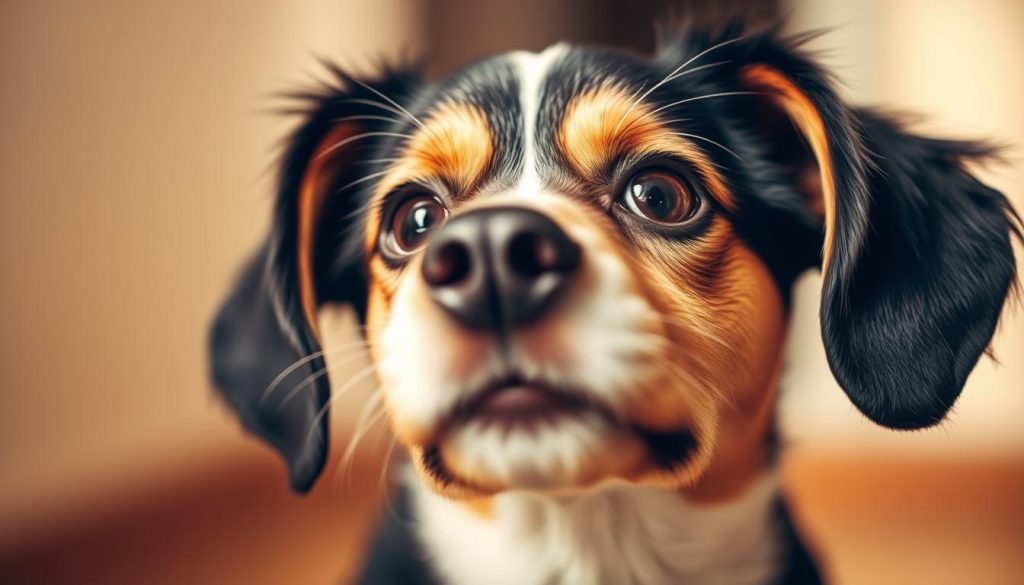
Photographing Playful Moments and Activities
Playful moments are a great way to showcase your pet’s personality. Engage your pet in their favorite activities or toys, and capture their reactions. This not only highlights their playful side but also creates memorable moments.
Capturing the Bond Between Pets and Owners
The bond between pets and their owners is special and worth capturing. Photograph moments of interaction between you and your pet, such as cuddles, playtime, or even just sitting together. These photos tell a story of love and companionship.
Telling Your Pet’s Story Through Images
By combining the unique expressions, playful moments, and the bond you share with your pet, you can tell a compelling story through your photographs. This story is not just about your pet; it’s about the memories and experiences you share with them.
Capturing your pet’s personality is a rewarding experience that goes beyond photography. It’s about understanding and celebrating the unique qualities of your furry friend.
Species-Specific Photography Techniques
Different species have distinct personalities, and mastering species-specific photography techniques can help you capture their true nature. Understanding the unique characteristics and behaviors of your pet is crucial for taking compelling photos.
Dog Photography: From Puppies to Seniors
Dog photography requires capturing their energetic and often playful nature. For puppies, it’s essential to be prepared for sudden movements and to keep the photo session short to maintain their attention. As dogs age, they may become less energetic, allowing for more posed shots. Using treats and toys can help keep them engaged and encourage natural behaviors.
- Use fast shutter speeds to capture active dogs
- Experiment with different angles to add variety to your shots
- Consider using outdoor locations to capture natural environments
Cat Photography: Working with Independent Subjects
Cat photography presents unique challenges due to their independent nature. To capture great photos, it’s crucial to be patient and let them come to you. Using toys or treats can encourage them to interact with their environment or with you. Natural light is particularly effective for cat photography, as it brings out their fur’s texture and color.
Tips for cat photography:
- Use quiet, calm environments to reduce stress
- Wait for natural moments, such as when they’re relaxed or playing
- Experiment with macro shots to capture detailed textures
Small Pets and Exotic Animals: Special Considerations
Photographing small pets and exotic animals requires special care and attention to detail. For small pets like hamsters or rabbits, using a macro lens can help capture their intricate features. Exotic animals, such as birds or reptiles, may require specific lighting conditions and handling techniques. Researching the specific needs of your pet is essential for capturing their unique characteristics.
By adapting your photography techniques to the specific species you’re working with, you can create stunning and personalized portraits that showcase their unique personalities.
Post-Processing and Sharing Your Pet Photos
The art of post-processing allows pet photographers to refine their images, ensuring that the final product is a true representation of their pet’s character. This step is crucial in enhancing the quality of your photos, making them more engaging and memorable.
Essential Editing Techniques for Pet Portraits
When editing pet portraits, it’s essential to start with basic adjustments such as exposure, contrast, and color balance. Adjusting these elements can significantly enhance the overall look of your photos, making your pet’s features stand out. For instance, adjusting the exposure can help brighten up the eyes, while contrast adjustments can add depth to the image.
Removing Distractions and Enhancing Features
One of the key aspects of post-processing is removing distractions from the background or foreground of your image. This can be achieved through the use of cloning or healing tools in your editing software. Additionally, enhancing your pet’s features, such as their eyes or fur texture, can make the image more captivating.
Creating a Pet Photography Portfolio
Creating a portfolio of your pet photography work is essential for showcasing your skills, whether you’re a professional or an enthusiast. A well-curated portfolio can help attract new clients or simply share your passion with others. Select your best work, and consider organizing it by pet type, theme, or session.
Sharing on Social Media and Print Options
Once you’ve edited and curated your photos, sharing them on social media platforms like Instagram or Facebook can be a great way to connect with other pet owners and photography enthusiasts. Consider printing your favorite shots as well, either through online services or local photo labs, to enjoy your pet’s portraits in a tangible form.
Conclusion
By applying the pet photography tips outlined in this article, you’ll be well on your way to capturing stunning images of your furry friend. The key to success lies in being patient, observant, and creative.
As you’ve learned, understanding your pet’s behavior, using the right equipment, and mastering camera settings are crucial elements in capturing personality through photography. By combining these techniques with a little creativity, you’ll be able to tell your pet’s story in a way that resonates with others.
Now that you’ve gained the knowledge and skills to take your pet photography to the next level, it’s time to put them into practice. Experiment with different techniques, and don’t be afraid to try new things. With dedication and practice, you’ll be able to capture the unique spirit of your beloved pet, creating lasting memories for years to come.

